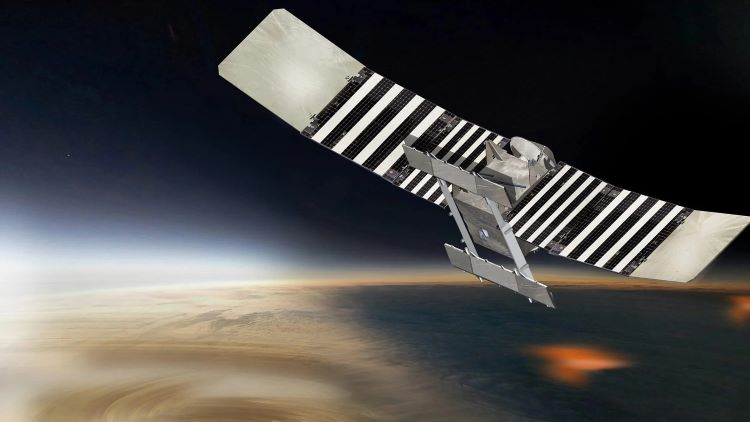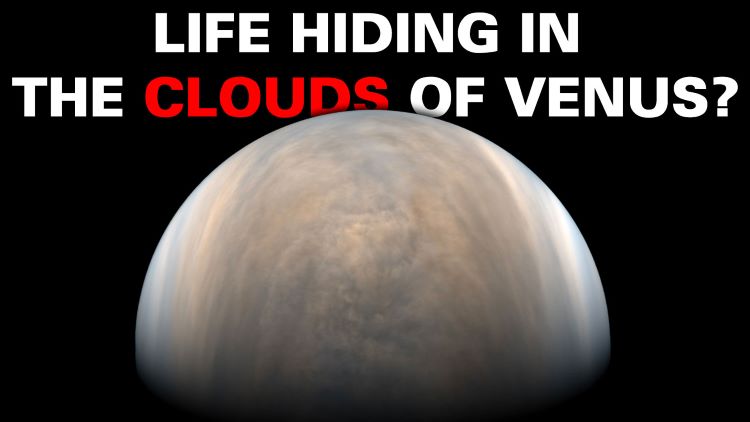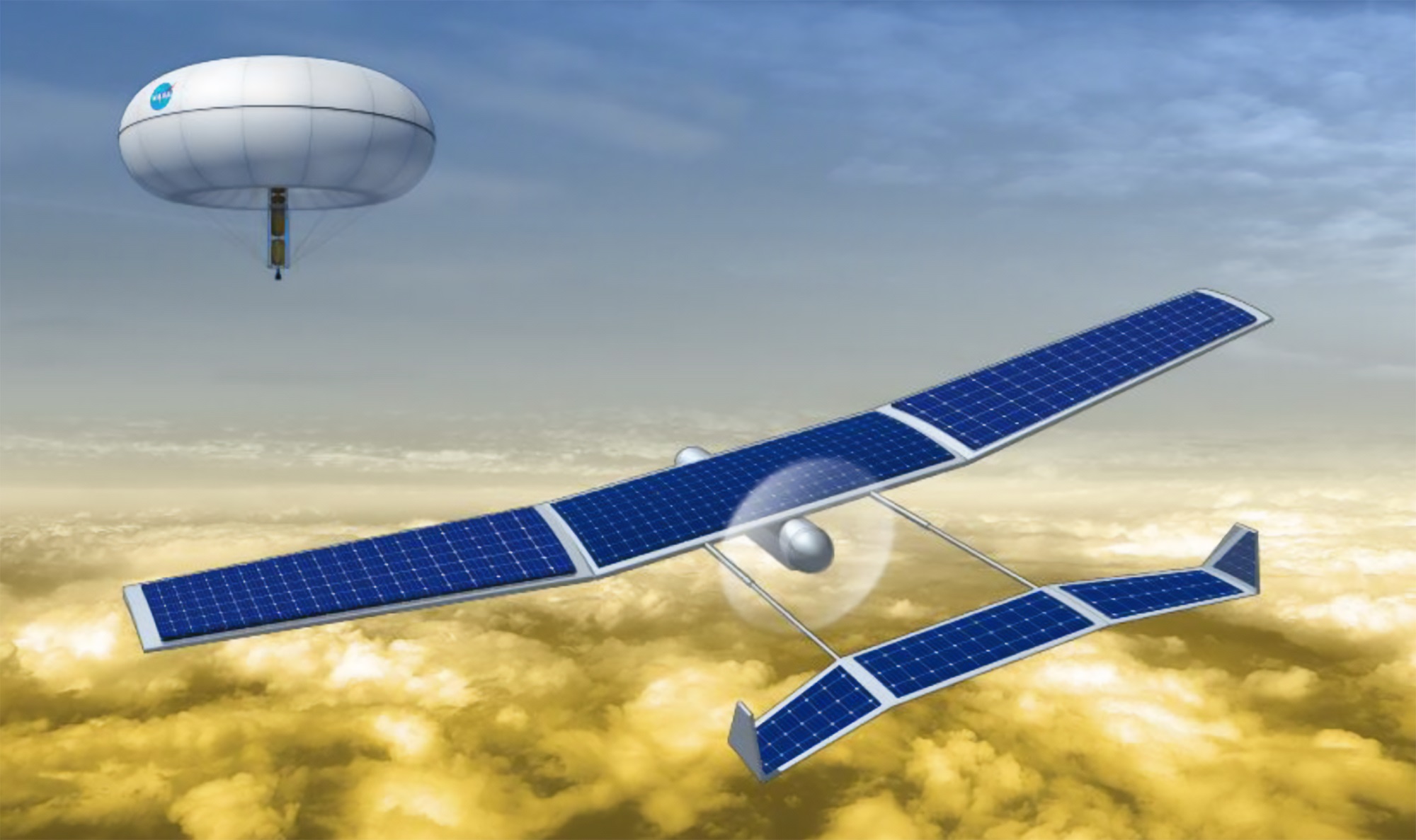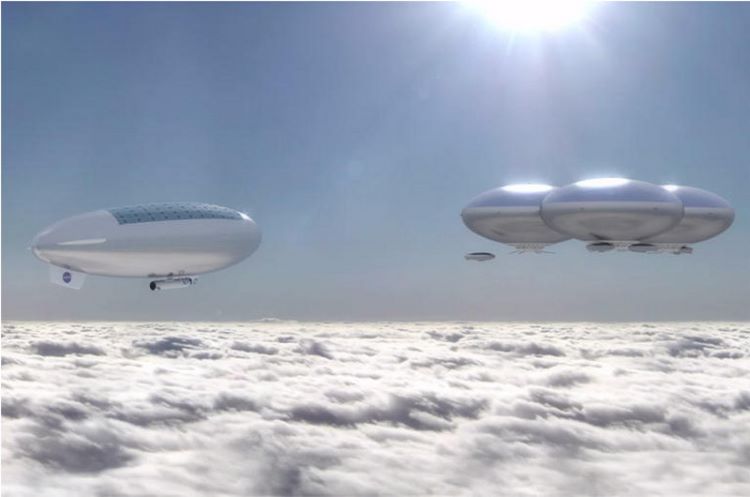[/caption]
Venus has been know to humanity since we first looked up into the sky; it’s the brightest object in the night sky after the Sun and the Moon, so it’s pretty hard to miss. But Venus exploration really began with the invention of the telescope.
Although he didn’t invent the telescope, Galileo Galilei was the first to point it at the heavens and make detailed observations of what he saw. In 1610 he discovered that Venus goes through phases, like the Moon. This is because Venus is closer to the Sun than the Earth, and so we’re seeing different amounts of the planet illuminated by the Sun. This provided more evidence that the Solar System orbits around the Sun, and not the Earth.
But even with bigger and better telescopes, astronomers weren’t able to penetrate the thick clouds that shroud Venus and see the terrain below. They imagined a warm rainforest jungle world, but astronomers eventually worked out that Venus is really covered in a thick atmosphere of carbon dioxide, and the ground below is heated to hundreds of degrees.
The first spacecraft to arrive at Venus was NASA’s Mariner 2, which flew past Venus in 1962. It was followed by spacecraft from Russia, including several that actually landed on the surface of Venus, and survived up to a few hours in the horrendous heat. NASA’s Magellan spacecraft was equipped with a radar instrument that could pierce through the atmosphere of Venus and reveal the terrain below. It showed that Venus has evidence of volcanism, and impact craters, but no plate tectonics. This helps contribute to its runaway greenhouse effect.
The most recent spacecraft sent to Venus is the European Space Agency’s Venus Express. It arrived at Venus in 2006, and has been making continuous observations of the planet ever since.
We’ve written many articles about the exploration of the planets in the Solar System. Here’s an article about the benefits of space exploration, and here’s an article about the Mars Exploration Rover.
If you’d like more information on the exploration of Venus, check out the homepage for ESA’s Venus Express, and here’s a link to the Venera Program.
We’ve also recorded an entire episode of Astronomy Cast all about Venus. Listen here, Episode 50: Venus.







